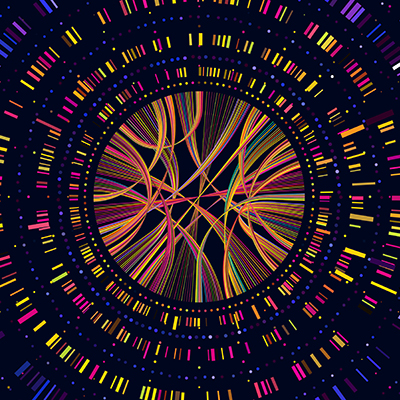June 28, 2022 -- Researchers have developed a single-cell RNA sequencing (scRNA-seq) method that is designed to tackle the cell sampling bias of existing techniques and deliver high-precision data, according to a paper published on June 27 in Nature's Communications Biology journal.
The authors of the paper framed their technique as an attempt to address perceived problems with the microdroplet-based 10x Genomics Chromium and cell sorter-based Smart-seq2, such as human neutrophil dropout and the loss of fragile cells.
Using a template independent enzyme for complementary DNA amplification (cDNA), the team created a scRNA-seq method that detected more genes than 10x Chromium v2 and Smart-seq2 while also identifying more highly variable genes. The researchers have formed a company, ImmunoGenetics, to offer services using the method.
Since its discovery in 2009, scRNA-seq has become an important tool for showing the heterogeneity of RNA transcripts in individual cells and the composition of different cell types within tissues and organs. Yet, in the view of the researchers at Tokyo University of Science, the advances have been achieved despite the limitations of existing technologies. To make the case, the authors of the paper cited studies showing how the cell sampling bias of existing methods affect the composition of scRNA-seq datasets.
The perceived shortcomings of existing techniques spurred research into terminator-assisted solid-phase cDNA amplification and sequencing (TAS-Seq). The approach uses terminal transferase (TdT), a template independent enzyme for cDNA amplification that has been shown to be difficult to handle in previous studies.
To address handling difficulties, the researchers added dideoxynucleotide phosphate as a "terminator" for the cDNA amplification reaction. The goal was to stop "the excessive extension of polyN tail by TdT in a stochastic manner" and thereby reduce "the technical difficulties of the TdT reaction," Shigeyuki Shichino, an assistant professor at Tokyo University of Science and joint lead on the project, said in a statement. The researchers used a bead-based platform to isolate single cells and reduce sampling bias.
After developing TAS-Seq, the Tokyo team validated its efficiency by comparing it to 10x Chromium v2 and Smart-seq2. In mice and human lung samples, TAS-Seq showed "higher gene-detection sensitivity and more robust detection of important cell-cell interactions and growth factors/interleukins than other widely used methods, such as 10x Chromium v2 and Smart-seq2," according to the paper.
The results, coupled with the fact that TAS-Seq uses "simple materials and equipment," led the researchers to conclude the method "might be highly applicable" to the construction of "precise single-cell atlas and associated cell-cell interaction networks." That conclusion led the researchers to build on the work described in the Nature paper, embarking on the development of a second-generation version of the method that Shichino claims has "1.5 to 2 times more sensitive gene detection in mouse spleen cells."
Copyright © 2022 scienceboard.net










